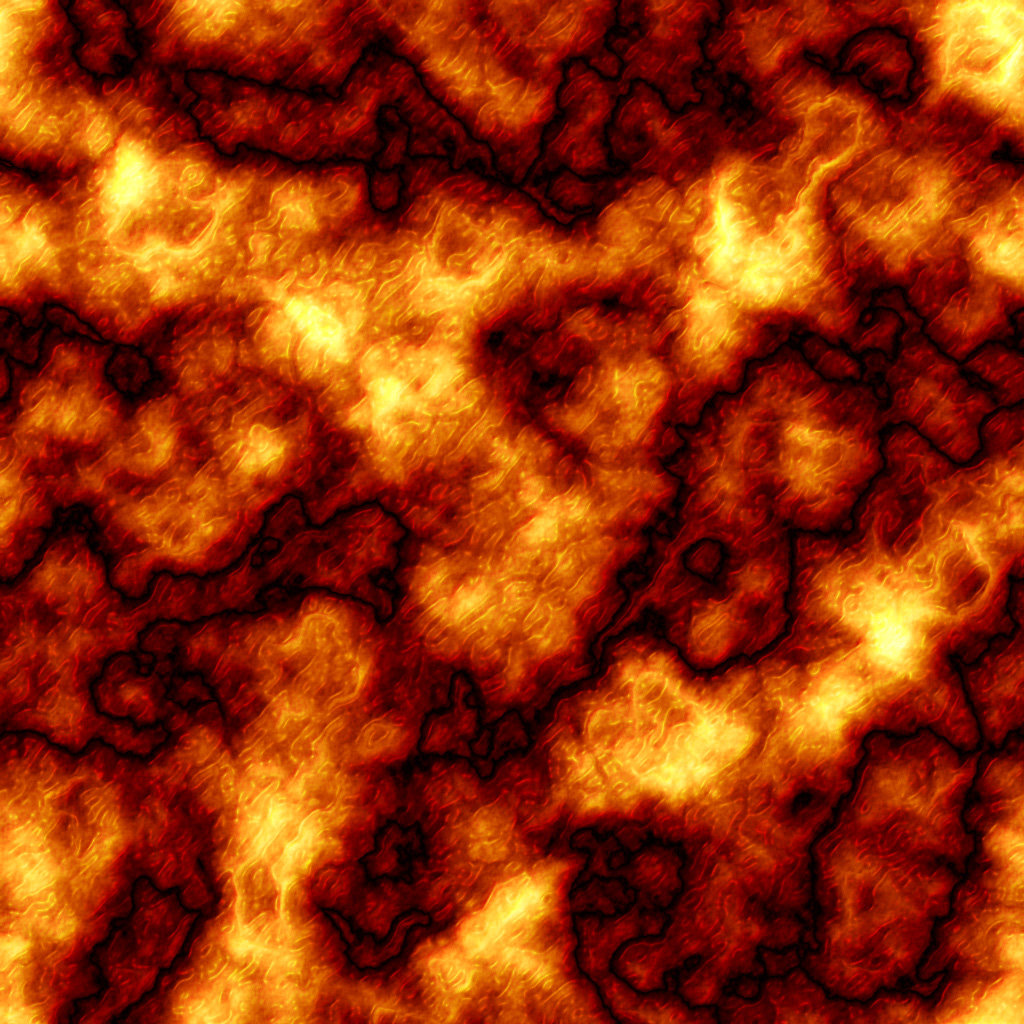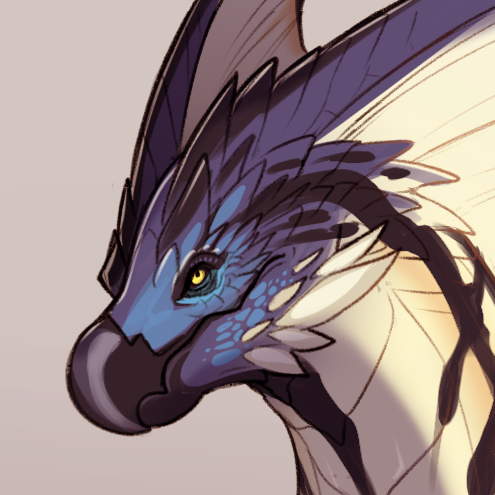I’ve been on Wayland for the past two years exclusively (Nvidia).
I thought it was okay for the most part but then I had to switch to an X session recently. The experience felt about the same. Out of curiosity, I played a couple of games and realized they worked much better. Steam doesn’t go nuts either.
Made me think maybe people aren’t actually adopting it that aggressively despite the constant coverage in the community. And that maybe I should just go back.

Zero issues for me. Been daily driving it for years. Play Steam games regularly, but have not tried switching to X. Performance on Windows is MUCH better with my 1080ti playing D4, but I’m prefectly content with preformance on Linux and don’t want to keep switching.

Wayland has been very stable for me since 2021, never went back to X.

Generally I have when I use Gnome or KDE on Linux, though I have started to prefer MATE, which doesn’t have Wayland support yet afaik. I also started using FreeBSD on one of my computers a bit more, and I believe Wayland support is still a bit wonky on that right now. But as soon as Wayland support is there I’m definitely switching to that on the daily.

Why I’m not using it:
- worse performance (Nvidia)
- couldn’t get screen sharing and recording to work
- unfinished or abandoned alternatives to xorg tools (swhkd for example)
Made me think maybe people aren’t actually adopting it that aggressively despite the constant coverage in the community.
Take the community with a grain of salt; It’s made up of the same type of people that say Arch is a stable distro that never has any issues.
Some distros are pushing it aggressively (Fedora for example), so use them as a more accurate gauge. If Fedora doesn’t accept the proposal to start phasing out xorg, you can know for sure it doesn’t have the conversion rates they’re hoping for.

I think the Xorg vs Wayland situation is not too dissimilar to that of Windows vs Linux. Lots of people are waiting for all of their games/software work (just as well or better) on Linux before switching. I believe that in most cases, switching to Linux requires that a person goes out of their way to either find alternatives to the software they use or altogether change the way they use their computer. It’s a hard sell for people who only use their computer to get their work done, and that’s why it is almost exclusively developers, tech-curious, idealists, government workers, and grandparents who switch to Linux (thanks to a family member who falls into any subset of the former categories). It may require another generation (of people) for X11 to be fully deprecated, because even amongst Linux users there are those who are not interested in changing their established workflow.
I do think it’s unreasonable to expect everything to work the same when a major component is being replaced. Some applications that are built with X11 in mind will never be ported/adapted to work on Wayland. It’s likely that for some things, no alternatives are ever going to exist.
Good news is that we humans are complex adaptive systems! Technology is always changing - that’s just the way of it. Sometimes that will lead to perceived loss of functionality, reduction in quality, or impeded workflow in the name of security, resource efficiency, moral/political reasons, or other considerations. Hopefully we can learn to accept such change, because that’ll be a virtue in times to come.
(This isn’t to say that it’s acceptable for userspace to be suddenly broken because contributors thought of a more elegant way to write underlying software. Luckily, X11 isn’t being deprecated anytime soon for just this reason.)
Ok I’m done rambling.

Been on it for about a year now, both with my desktop’s A770 and my laptop’s AMD iGPU. Experience has been pretty much flawless.

When I first installed Kubuntu like a year ago, x11 broke snap applications somehow. Switching to Wayland fixed things for me. Never looked back

I have been for the past month now. All of my games are now working.
Previously no and the reason was bc of Nvidia issues, but they all seem resolved now for the most part

I can’t use Wayland until this xwayland Nvidia bug is fixed, which is a shame because I think that’s the last thing holding Nvidia users back. I tried the new Plasma 6 recently and for the most part it was great until I tried gaming and hit that bug. I tried different older and newer beta driver versions but it was more or less the same bug.

Seconding this. XWayland is literally unusable with my 3060 Ti, while I’ve been having very few problems with X11. Hopefully explicit sync support is added before Fedora 40 drops

Niche, I know, but I’m waiting on full functionality in Input Leap (Barrier fork which was a Synergy 1.x fork). Right now it sounds like it’s 90% of the way there but lacks clipboard sharing. I’m running Wayland on my desktop, but this soft kvm is pretty fundamental to my workflow on my laptop.

You’re not alone, it’s the same reason for me.

I tried for a bit and it was great, no complaints. However, I was having issues getting NixOS set up as quickly as I would like, so I went back to Pop!_OS. I’m looking forward to the next release of Pop, which will have full Wayland by default.
I’ve been running wayland on popOS for a year now. Works great. It’s already installed, you just have to into a file and either delete a line or change false to true. Takes about 2 minutes.

I’ve thought about making the leap, but this is a work machine so I want to make sure it’s rock solid.

Ye, since Plasma 5.24 I think. Used to occasionally switch to X11 for competitive gaming, but as of Plasma 6 their Wayland compositor supports fullscreen tearing, so now I have no need to use X11 anymore

Last week I did an install of Debian 12 on a little NUC7CJYH to use for web browsing and ssh sessions into work and ended up with wayland by default. Seems to work great.
From what I have experienced, it goes great with intel integrated graphics, great with a radeon card and can be made to work with Nvidia if you are lucky or up for a fight.

I’ll adopt it when it’s ready.

For NVIDIA users, that’s the right answer. For AMD users, it’s already ready. No problems here (6700xt)

All AMD here and I can’t have it as a daily driver. So many issues made me hate my PC. Back to X11.

It’s not just about hardware compatibility. It has to be compatible with existing workflows, and it’s currently very limiting.

Which workflows? Asking because I’d like to experiment with some edge case stuff.
I’m running KDE with wayland on multiple different vintage machines with AMD and intel graphics and it would take alot for me to go back to the depressing old mess that was X.
The biggest improvement in recent times was absolutely pulling out all my Nvidia cards and putting in second hand Radeon cards, but switching to wayland fixed all the dumb interactions between VRR ( and HDR ) capable monitors of mixed refresh rates.
Even the little NUC that drives the three 4k TV’s for the security cameras at work is a little happier with wayland, running for weeks now with hardware decoding, rather than X crashing pretty well every few days.

For me it’s a million little details that just don’t work. Stuff like positioning windows, removing decorations from a window, remapping buttons on a trackball, setting a graphics output to tvrgb, disabling a display via ssh and enabling it again, etc.

Plasma 6 fixed a lot of issues I had with Wayland, mostly multi monitor, but I’ve been using it since steam on X11 would cause your entire desktop environment to freeze up consistently every time. I read it was because steam was constantly pinging your display ports to see if there was another monitor connected, but I don’t know how true that is. Moving to Wayland fixed that probably because of xwayland

I’ve been using it since Plasma 6 came out so about 3-4 weeks.
Overall, it’s been a very negative experience for me. The main problems have been:
- Random scaling issues in apps: some apps show a slightly smaller cursor, other show a poorly upscaled one, others have random rendering issues like lines remaining on the screen after an option is no longer highlighted (gimp, libreoffice, many others), some apps have random flickering of parts of the UI, some apps no longer scale at all or are scaled twice. Plasmashell itself has blurry icons on the desktop but all other KDE apps don’t. I know fractional scaling has always been problematic, but it has gotten worse to the point of being almost unusable
- Random crashes of GTK apps when using the wayland backend. Some GTK apps don’t even start and segfault immediately with a wayland error in the terminal
- Some apps like okular and libreoffice lag like crazy or outright freeze when scrolling
- Some games not capturing the cursor properly (Proton)
- Inconsistent font rendering, some fonts look fine in some apps and atrocious in others
- Issues when resizing or moving windows, some times they “jerk” off the screen or resize to a very tiny window and I’m forced to use key combinations to resize them again
- Random issues with window decoration not appearing in some apps but randomy appearing for things like context menus
This is on a full AMD system with Arch Linux, the latest kernel and mesa-git. I hope for KDE’s sake that there’s something broken in my installation because I can’t believe the KDE team released Plasma 6 in this sorry state.
